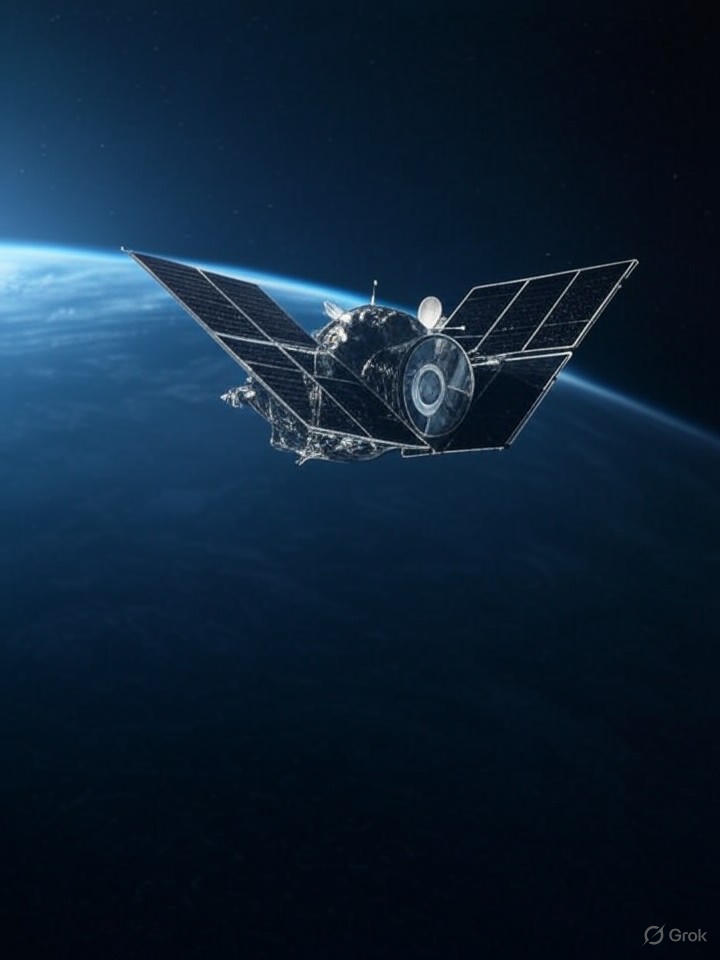NASA’s Tandem Reconnection and Cusp Electrodynamics Reconnaissance Satellites, known as TRACERS, has made a significant recovery after one of its twin satellites resumed communication following power issues. Launched in July 2025 from New Zealand aboard a Rocket Lab Electron rocket, the mission aims to investigate the interactions between solar wind and Earth’s magnetic field. The return to operational status for the previously silent satellite highlights the ongoing challenges in deploying small spacecraft in Earth’s magnetosphere.
The TRACERS mission faced substantial hurdles shortly after its launch when one satellite fell silent due to power distribution malfunctions. Engineers from the University of Iowa, which leads the mission, identified that the solar panels were not adequately charging the batteries. This failure resulted in a shutdown of the satellite’s communication systems, leaving the team scrambling for solutions.
Recovery Efforts and Technical Challenges
Through diligent ground commands and software adjustments, the engineering team successfully rebooted the affected satellite, restoring partial functionality. The recovery process involved bypassing faulty circuits and optimizing energy usage, showcasing the ingenuity required in such missions where physical repairs are not an option.
This incident is not unique; earlier in 2025, NASA experienced similar communication blackouts with several small satellites. According to a report from The Register, deployment errors and environmental stresses were blamed for these issues, underscoring the inherent vulnerabilities of CubeSats and other miniaturized spacecraft. While cost-effective, these small satellites often lack the redundancy found in larger missions.
The challenges faced by TRACERS reflect broader trends in space exploration. The European Space Agency’s Jupiter Icy Moons Explorer (JUICE) also encountered issues, as a coding error led to a temporary communication blackout during its approach to Venus. Swift debugging efforts prevented potential disaster, emphasizing the need for robust software testing and protocols to address anomalies in an era of increasing space traffic.
Industry Implications and Future Directions
As the space industry evolves, new programs such as the U.S. Space Force’s Silent Barker, scheduled to launch in early 2025, aim to enhance space domain awareness. These satellites will monitor geosynchronous orbits discreetly, addressing security concerns amidst rising cyber threats to satellite communications.
Recent updates on social media platforms have reflected public interest in these developments. Discussions on platforms like X have celebrated the recovery of the “silent magnetosphere spacecraft,” linking back to TRACERS and highlighting the community’s engagement with real-time mission progress. Furthermore, the TRACERS recovery draws parallels to other 2025 spaceflight challenges, including the failed transition of Epic Aerospace’s Chimera-1 space tug due to similar communication issues.
The resilience shown by NASA’s missions, even in the face of adversity, is crucial as agencies prepare for more ambitious explorations. For instance, NASA’s Intuitive Machines IM-2 lander, which landed on its side in March 2025, has managed to continue operations, demonstrating the importance of adaptability in space missions.
Ultimately, the recovery of the TRACERS satellite illustrates the delicate balance between innovation and reliability in space technology. With one satellite now operational and the other fully functional, the mission is set to gather vital data on Earth’s magnetosphere, potentially transforming our understanding of space weather.
These events serve as a reminder of the necessity for enhanced pre-launch simulations and international collaboration to ensure that temporary setbacks do not derail significant scientific missions. As the industry continues to advance, the lessons learned from TRACERS and similar missions could pave the way for more resilient space exploration efforts in the future.








































































